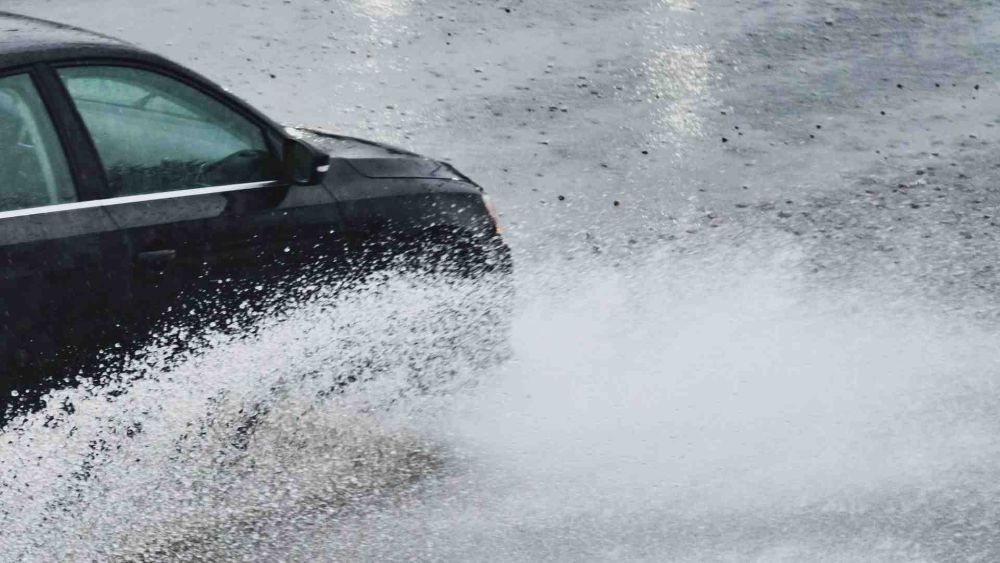Rising Waters In The Lion City: What Climate Change Means For Singapore's Flood Risks
Let’s face it: Singaporeans love the rain. It cools things down, freshens the air, and makes for cosy days indoors. But in recent years, it’s become harder to ignore the not-so-cosy side of wet weather – flash floods, overflowing drains, and rising anxiety about what’s happening to our little red dot. Say real, climate change is behind much of it.
Here’s how climate change is intensifying flood risks and why Singaporeans need to pay attention.
More intense rainfall – what’s going on?
If you feel like rainstorms have been hitting harder lately, you’re not imagining things. Climate change causes warmer temperatures, which means the atmosphere can hold more moisture. When that moisture gets released, it results in heavier downpours.
Singapore’s Third National Climate Change Study has noted that average annual rainfall has been increasing. Some years, we see rainfall surging by 25% above the long-term average. That’s a lot of water coming down in a short time, and our drainage systems can’t always cope.
Flash floods – like recent ones in Potong Pasir, Yishun – are becoming more frequent. Even areas with upgraded drainage, like Bukit Timah, have seen flooding during intense storms.
Sea levels are creeping up
Another culprit? Rising sea levels. As global temperatures climb, ice caps and glaciers melt, adding more water to the oceans. Singapore, with its low-lying coastal areas, is particularly vulnerable. By 2100, sea levels around Singapore could rise by up to 1 metre, according to the Centre for Climate Research Singapore (CCRS).
Imagine what that means for areas like Marina Bay, East Coast, and Changi. Without adequate defences, higher sea levels could worsen flooding during heavy rain or king tides.
Urbanisation makes it worse
We love our sleek skyscrapers and modern roads, but urbanisation has a downside. Concrete and asphalt don’t absorb water like soil and grass do, so rainwater flows more quickly into drains and canals. When those can’t handle the volume, flooding happens.
Singapore has invested billions in flood management, including widening drains and building detention tanks. But with climate change throwing more extreme weather our way, even these systems face limits.
What is Singapore doing about it?
The good news is that Singapore is not sitting in one corner shaking leg. Here’s what’s happening:
- The “Green Plan 2030”: This ambitious strategy aims to reduce carbon emissions and enhance sustainability, tackling the root causes of climate change.
- Coastal protection measures: The government is spending $100 billion over the next century to safeguard our shores. Think sea walls, polders, and nature-based solutions like mangroves.
- Upgrading drainage: PUB, Singapore's National Water Agency, has been enhancing our drainage network to cope with heavier rain. Projects like the Stamford Detention Tank help hold excess water during storms.
What can you do?
Feeling powerless? Don’t. Here’s how you can make a difference:
- Adopt green habits: Reduce waste, use energy-efficient appliances, and cut down on single-use plastics. Every small step counts towards reducing your carbon footprint.
- Stay informed: Check the National Environment Agency's weather updates and flood advisories. Knowing what’s coming helps you prepare.
- Be flood-ready: If you live in a flood-prone area, consider installing barriers or raising electrical outlets. Keep sandbags handy if needed.
For the latest updates on Wonderwall.sg, be sure to follow us on TikTok, Telegram, Instagram, and Facebook. If you have a story idea for us, email us at [email protected].









